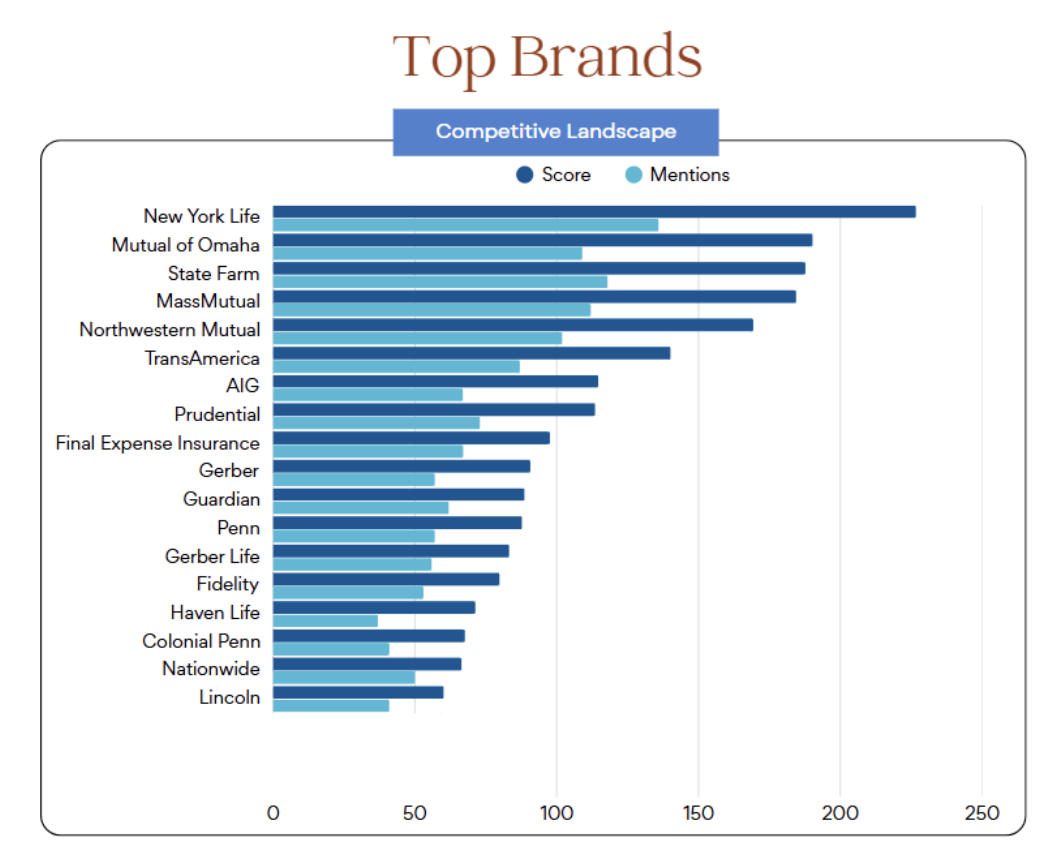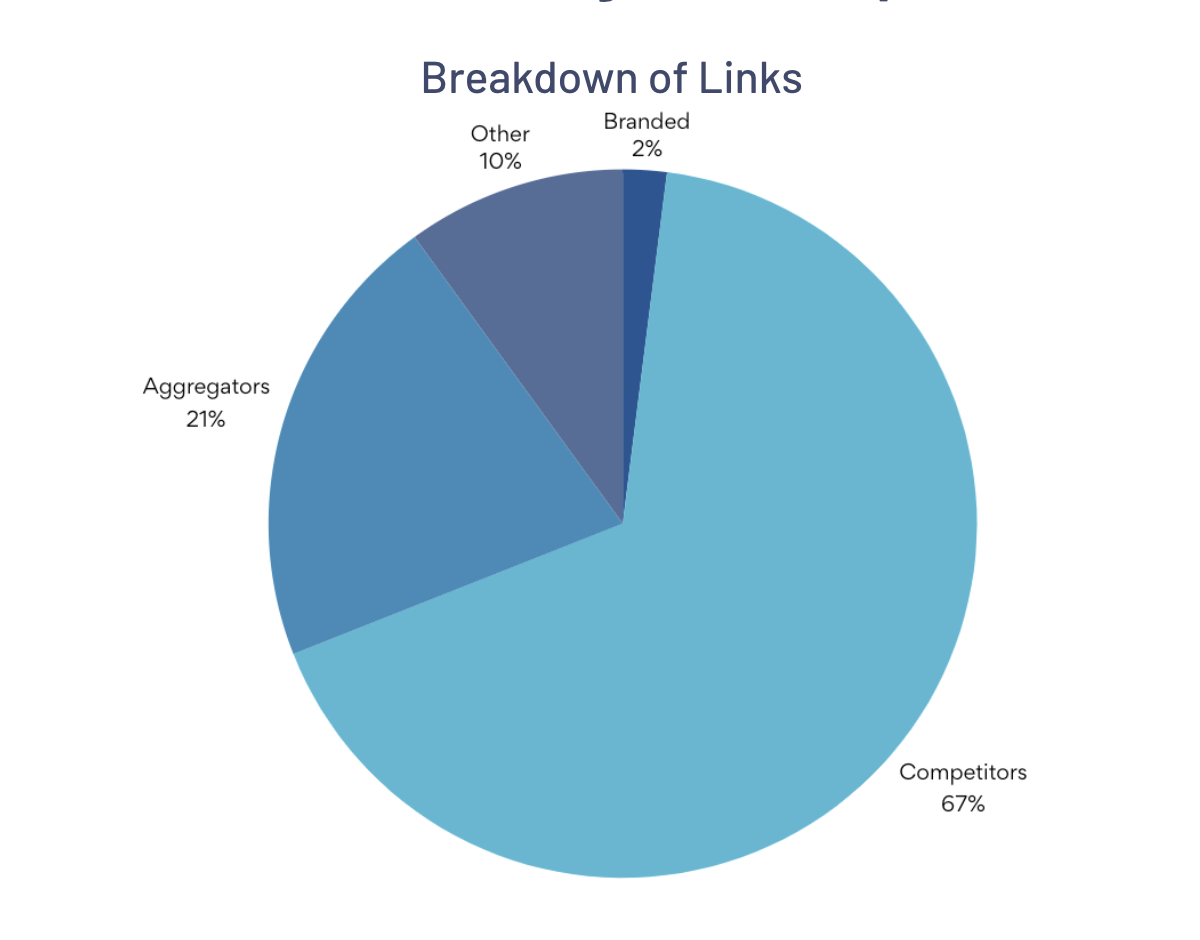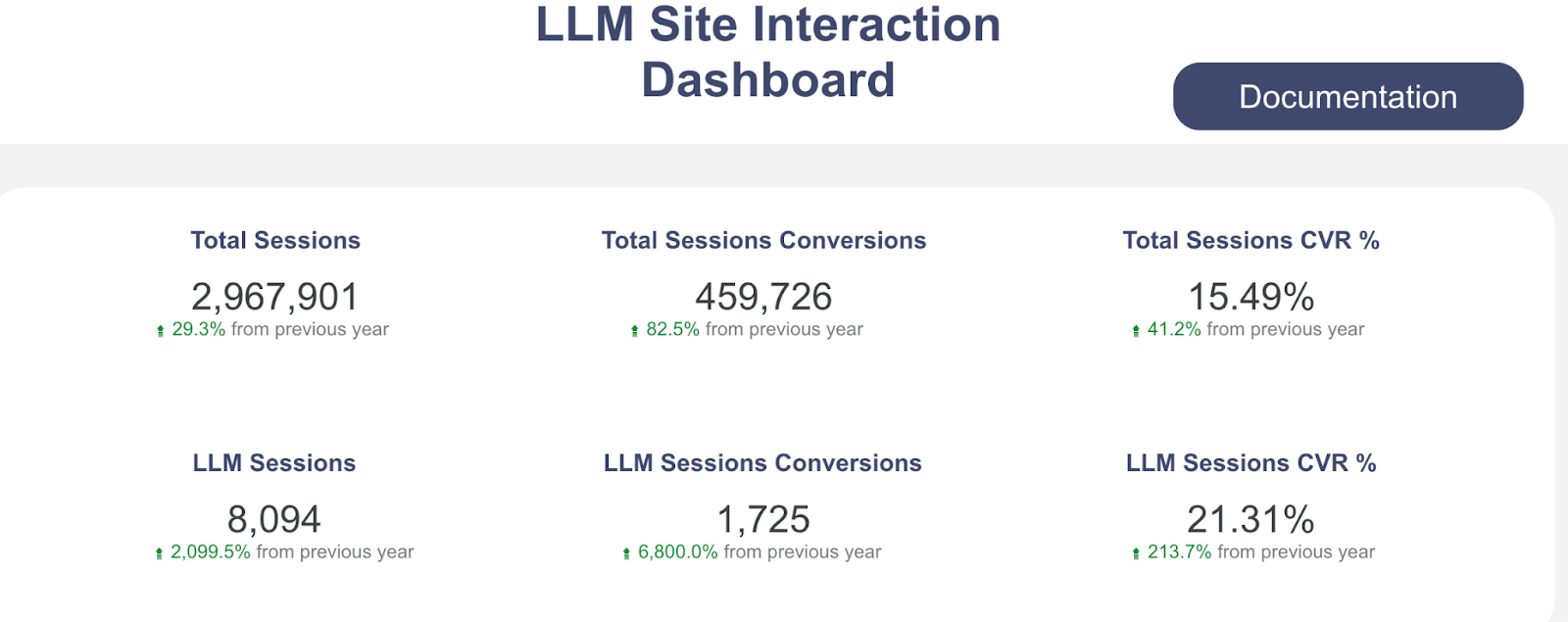Measuring GEO: What’s trackable now and what’s still missing

Large language models (LLMs) are transforming how consumers discover brands and find answers to both simple and complex questions.
For marketers, this shift demands new ways of measuring visibility and impact.
Yet unlike Google search, generative engines reveal far less data to guide strategy.
This article outlines the GEO metrics you can track right now and the blind spots that still make optimization a challenge.
GEO metrics you can measure right now
Though the GEO landscape is still evolving, several core metrics already help track performance and guide optimization.
AI mentions and citation rate
This is the most foundational GEO metric.
Unlike traditional SEO, which aims for a high ranking, the goal of GEO is to be cited as a source within a generative response.
Tools and analytics platforms are rapidly emerging to track when a generative engine, such as Google AI Overview, mentions your brand or links to your content.
This metric shows whether your GEO efforts are working and whether the engine is recognizing your content as credible.
A high citation rate is the new equivalent of a Position 1 ranking.
Here is an example of mentions vs. total “presence score.”
The point is that being mentioned is only one factor.
You also need accuracy, positive sentiment, and other key metrics (outlined below) for a well-rounded view of your GEO presence.

Here’s an example from our reporting on different links.
Focusing on where LLMs direct traffic helps reveal where to start building an off-site content strategy.

Referral traffic from generative engines
While generative engines aim to provide “zero-click” answers, they often link to their sources.
Tracking this referral traffic is a critical metric. It shows the direct value – in terms of website visits – your GEO strategy generates.
By segmenting traffic in your analytics platform, you can see which engines drive the most users and double down on the content delivering returns.
We’ve built dashboards to help customers compare these metrics with other inbound sources – especially useful for brands still grasping the impact of LLMs on their business.

Share of voice in AI responses
This metric goes beyond citation count, measuring the frequency and prominence of your brand in AI-generated responses for target queries.
For instance, a hotel brand would want to know how often it appears when users ask, “What are the best hotels in Chicago?”
A high share of voice shows that your content is consistently chosen as a primary source.
This is a clear sign of success in a world where brands must be part of the answer, not just a link in a list.
Content prominence and location in response
Generative engines often structure answers with key points, summaries, or lists.
Where your content appears within this matters. Are you the first source cited, or buried at the bottom?
Tracking position and prominence offers a more nuanced view of success, signaling the engine’s perception of your authority and relevance.
Dig deeper: What’s next for SEO in the generative AI era
Get the newsletter search marketers rely on.
See terms.
The most elusive metric: Search or prompt volume
In traditional SEO, search volume is a cornerstone metric.
Tools like Google Keyword Planner, Semrush, and Ahrefs draw on vast query databases to estimate how many people search specific keywords each month.
This data underpins keyword research and content strategy, letting you prioritize topics by demand.
That model doesn’t translate to generative engines for several reasons:
Closed ecosystems
Generative engines like ChatGPT, Gemini, and Perplexity operate as “black boxes.”
Google still provides keyword data for search, but these platforms don’t offer public APIs that share query volumes.
What users ask remains proprietary and internal.
Conversational queries
Prompts aren’t simple keywords.
Instead of “best pizza New York,” users might ask, “What are the best pizza places in New York that are open late and have outdoor seating near Times Square?”
The variety and length of prompts make them impossible to categorize or count like traditional keywords.
Other ‘missing’ metrics to help understand GEO results
Beyond search/prompt volume, some of the most valuable insights remain out of reach.
Two stand out as especially critical for shaping GEO strategy:
The ‘why’ behind a citation
We can see when a generative engine cites content, but not why.
Was it a specific phrase, a unique data point, or the combination of structured data and overall authority?
Because LLMs are opaque neural networks, their decision-making is hard to reverse-engineer.
Without that visibility, it’s difficult to replicate success.
Unlocking the “why” would enable far more precise optimization.
Attribution in multi-source synthesis
Generative engines often blend information from multiple sources into one answer.
It’s nearly impossible to measure each source’s weight or contribution.
If your statistic is used alongside a competitor’s narrative, who gets credit?
The lack of granular attribution makes it hard to assign value and justify GEO investment, limiting the development of more advanced attribution models.
Dig deeper: 12 new KPIs for the generative AI search era
The next frontier of search optimization
The current state of GEO metrics is a tale of two realities.
We have a solid foundation of measurable signals – citations, referral traffic, share of voice, and content prominence – that confirm our content’s visibility and influence in generative search.
These provide valuable insights into current performance and help inform strategy.
At the same time, deeper layers of insight remain elusive.
We cannot see into generative engines to understand why content is cited, nor can we accurately attribute our contribution when multiple sources are synthesized.
These blind spots make it difficult to replicate success and justify investment.
The next chapter of GEO will belong to strategists who master the metrics available today while recognizing that the true value lies in unlocking the elusive ones that will define the future of optimization.







Recent Comments